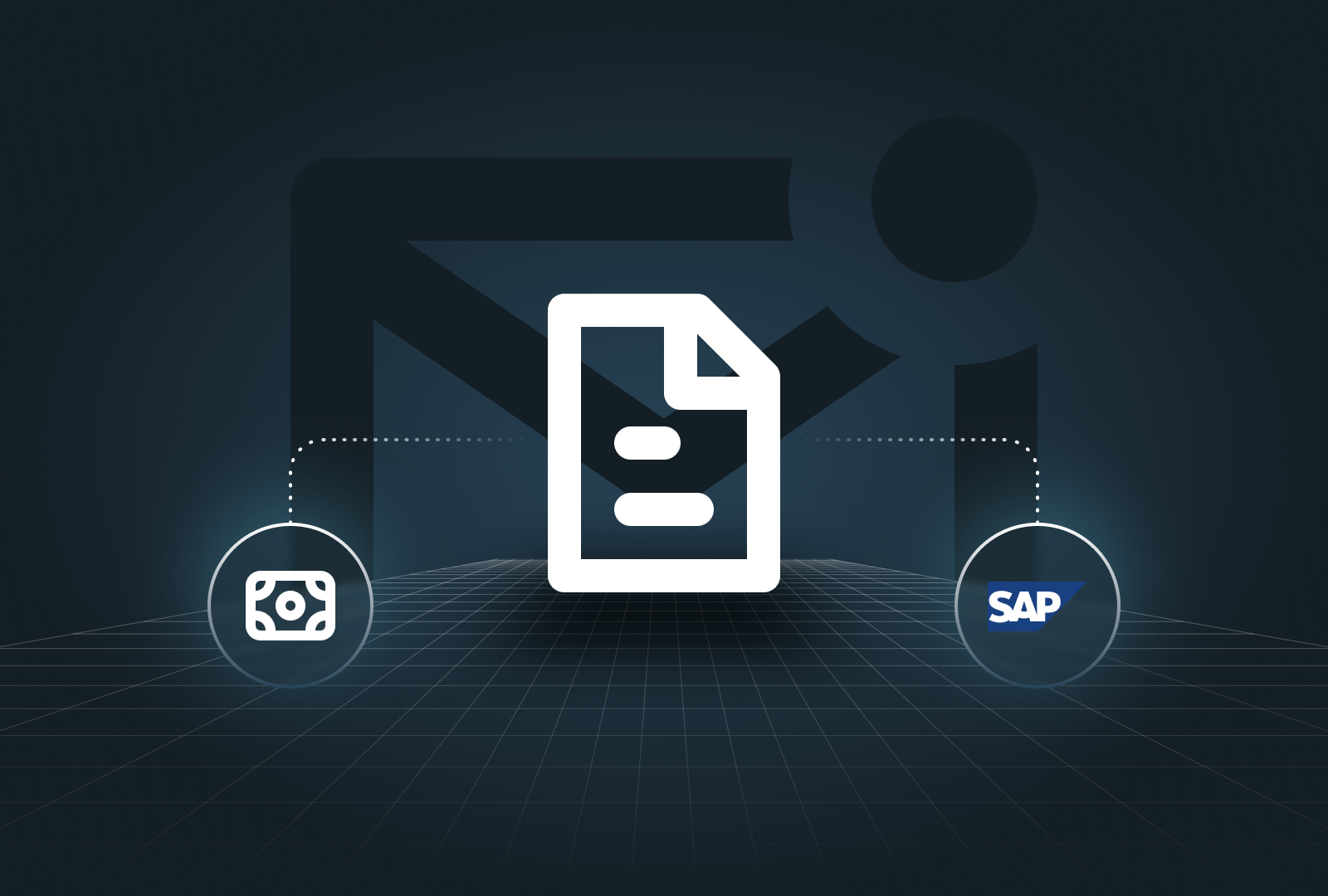Artificial intelligence is changing the way finance teams operate — from predictive forecasting to automated approvals and vendor analysis. But as adoption accelerates, so does the risk of bias, opacity, and ethical blind spots. In the coming years, the finance leaders who succeed won’t just be the ones who scale automation fastest, but the ones who embed strong ethical guardrails around it.
AI can misclassify invoices, exclude vendors, or skew risk scores without clear intent. The reason is simple: algorithms learn from data, and data carries human history — including its imperfections. The European Central Bank has warned that “algorithmic bias and the opacity of AI models could undermine financial stability” if left unchecked, creating compounding effects across interconnected systems (ECB, 2024). For CFOs and procurement executives, the ethical governance of AI is no longer a technology issue — it’s a leadership imperative.
Understanding the Bias & Ethics Landscape
Bias in finance AI isn’t new — it’s just harder to see. Most bias originates in the data used to train models. Historical purchase decisions, supplier ratings, or credit scores reflect human judgment, and when those patterns are learned at scale, they can amplify unfairness. As the Corporate Finance Institute explains, bias in financial AI often stems from “the datasets themselves, the assumptions of developers, or societal inequities baked into historical transactions” (CFI, 2025).
Beyond individual bias, there’s also systemic bias — when interconnected AI systems begin influencing one another’s outputs. A 2023 study on AI ethics and systemic risks in finance described how cascading model dependencies could “magnify shocks or introduce feedback loops invisible to human oversight” (PMC, 2023). In practice, that means a single flawed algorithm in procurement or payments could ripple across an enterprise’s financial network.
These risks make ethics a core part of risk management. As Deloitte notes, fairness, transparency, and accountability should now sit “alongside accuracy and cost efficiency” as key evaluation criteria for any AI initiative (Deloitte, 2025).
Key Guardrails Finance Teams Must Put in Place
Addressing bias requires more than compliance checklists — it demands continuous governance. The FIS Global report on AI in financial services highlights four critical pillars for ethical deployment: transparency, fairness, data privacy, and explainability (FIS, 2024).
For finance teams, that means designing systems that not only deliver outcomes but explain them. Explainable AI (XAI) is increasingly seen as a foundation for trustworthy automation — ensuring that every automated decision, from supplier validation to contract approval, can be traced, justified, and challenged. According to the CFA Institute, explainability “enhances stakeholder trust and regulatory compliance” by making financial AI decisions auditable and defensible (CFA Institute, 2025).
Equally essential is strong data governance. Finance functions must actively test datasets for bias, audit their AI models, and monitor them post-deployment. Researchers from ArXiv have proposed a lifecycle approach to AI governance — embedding ethics “from model development through to real-time performance monitoring and retraining” (ArXiv, 2025). This helps prevent what many organisations experience: ethical drift — when models evolve away from their original fairness parameters over time.
Finally, governance frameworks must also acknowledge systemic responsibility. As the ECB and CGI both argue, finance organisations share accountability not only for their internal AI systems, but for how those systems interact with vendors, partners, and regulators (CGI, 2025).
Embedding Ethical AI into Culture and Process
The hardest part of ethical AI isn’t the technology — it’s the culture. Governance only works when ethical thinking becomes habitual, not procedural. That starts with education: every finance and procurement professional should understand how AI makes decisions, what its blind spots are, and when to intervene.
Second, ethics must be built into every procurement and vendor decision involving AI. When evaluating tools for invoice processing, contract renewal, or vendor risk analysis, CFOs should ask:
- How is bias monitored in this model?
- Can decisions be explained?
- Are outcomes auditable across our systems?
Embedding such questions into the buying process ensures ethical diligence before adoption, not after an issue arises.
Finally, measure what matters. Ethical performance can be tracked through fairness metrics, transparency scores, or error escalation rates. Over time, these metrics can feed continuous improvement programs — creating feedback loops where models evolve with oversight, not in isolation. As one Grant Thornton report framed it, “the ethical CFO of the future is as much a steward of technology as of capital.”
Conclusion
AI is now indispensable to modern finance, but unchecked, it carries risks that can erode trust faster than it builds efficiency. The organisations that thrive will be those that combine speed with scrutiny — where every algorithm is governed, every dataset is questioned, and every decision can be explained.
For today’s CFOs and finance leaders, the path forward is clear: make ethics a first-class citizen in your AI strategy. Build transparency into the systems you deploy. Audit bias as rigorously as you audit financials. And above all, lead your teams to see AI not as a shortcut, but as a shared responsibility.
Because in finance, trust isn’t automated — it’s earned.






.png)





.png)

.png)


